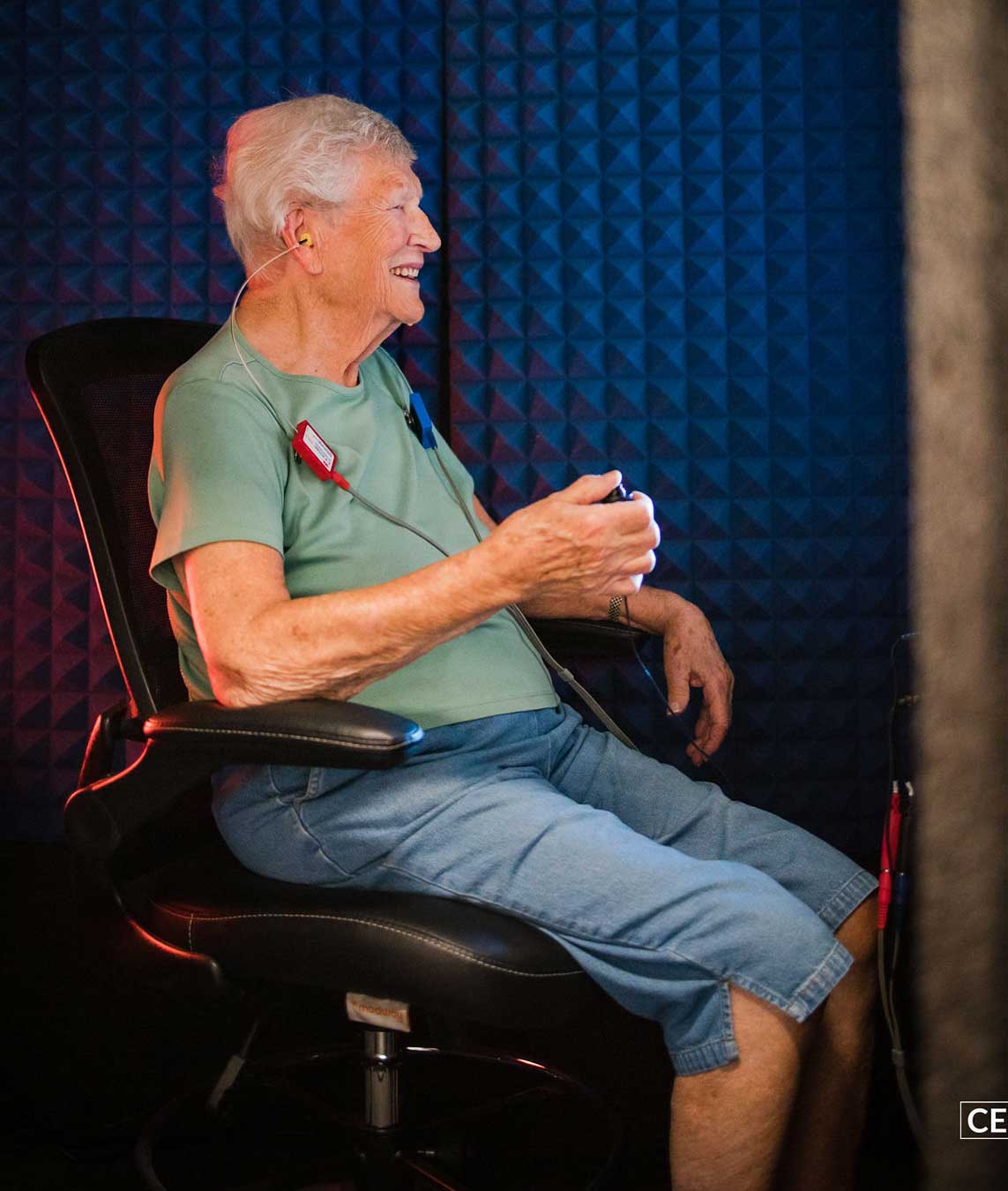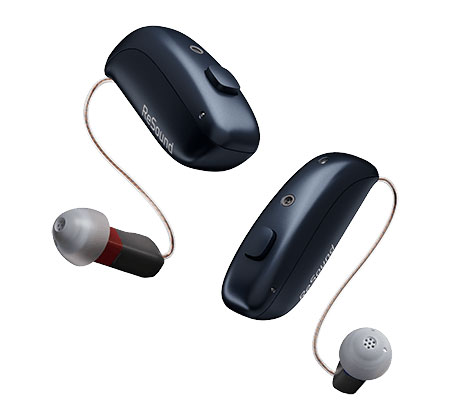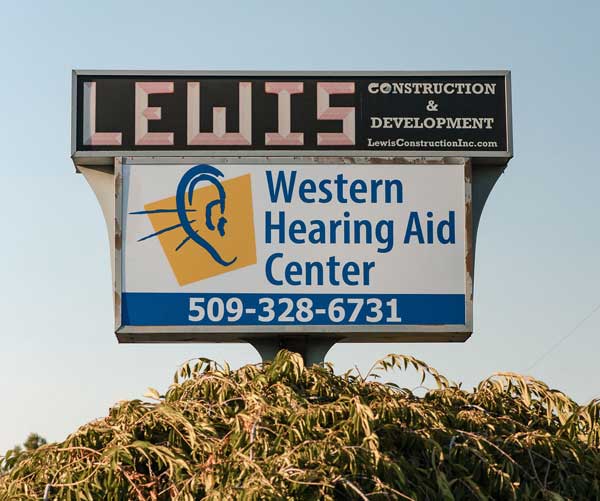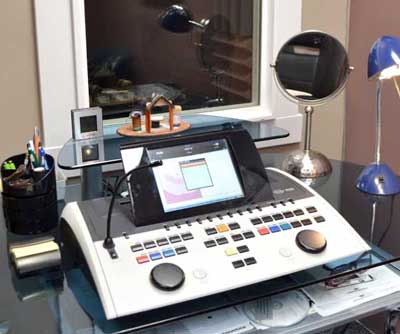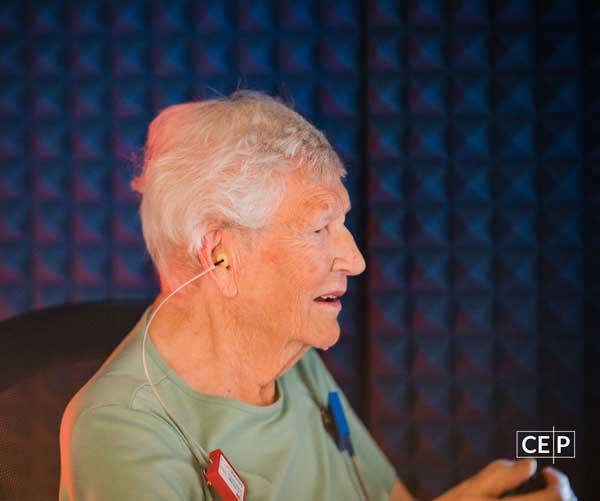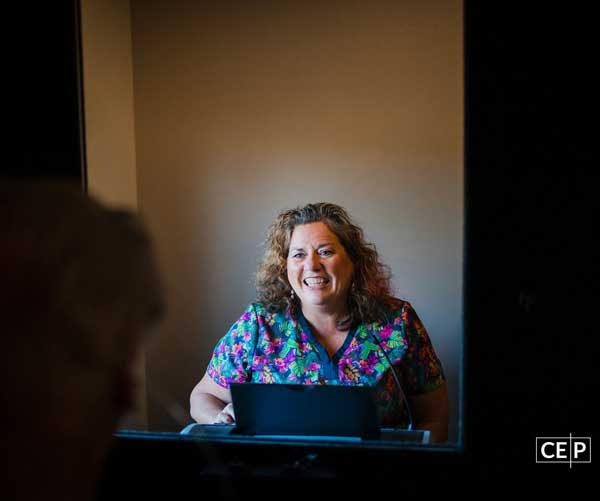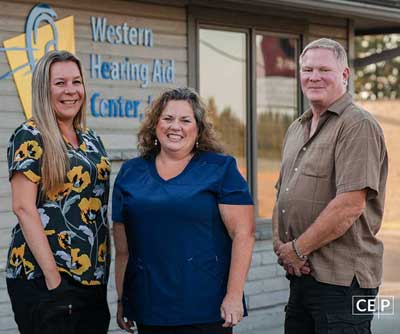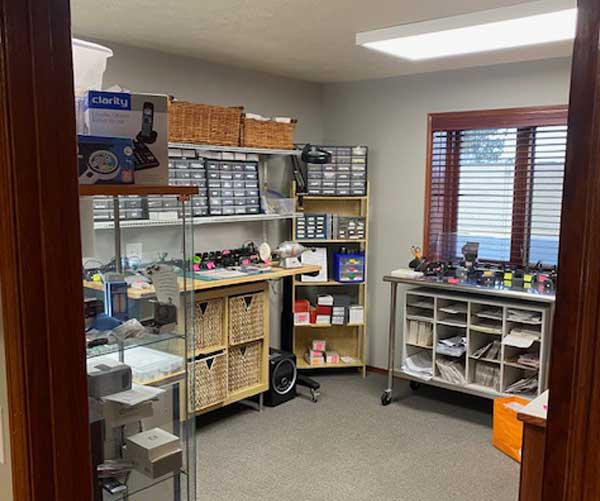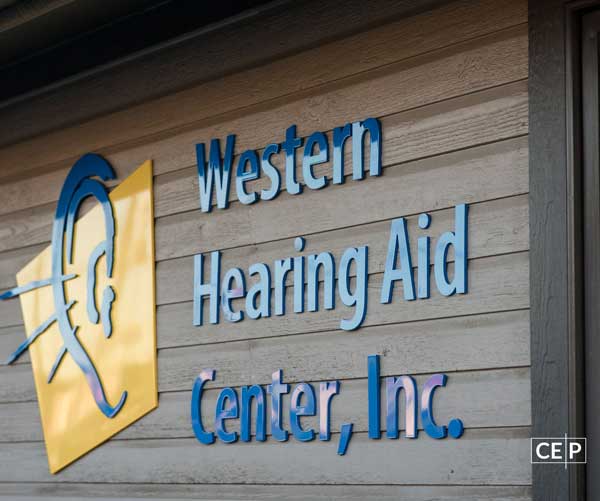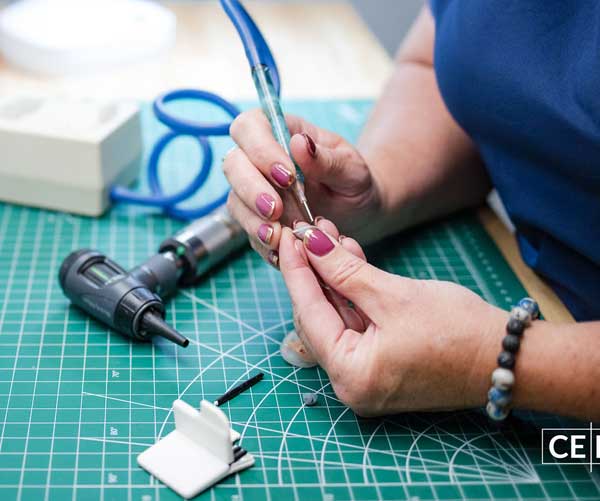Hearing Tests
Western uses the latest, state-of-the-art equipment to evaluate your hearing. These comprehensive hearing tests measure hearing loss and assist in determining your hearing healthcare needs.
What should you expect at a hearing test?
Have comfort in knowing there is no pain involved with a hearing test! We will first conduct a case history interview as part of the intake process to gather information relating to your hearing health and may inquire about other health information that may affect your hearing. Some questions you may expect are: when you first noticed your hearing loss, have you been exposed to hazardous noise, does anyone in your family have hearing loss, whether you hear better with one ear or the other, and if you experience tinnitus (sounds in your ears).
We will begin with a special instrument called an otoscope. This allows us to check the condition of the ear canal and eardrum. After the physical examination, your hearing is tested. This takes place in a special sound-treated booth.
The first test is a pure tone test. This tests your ability to hear a number of different pure tones using a pair of soundproof headphones. In some cases, we will carry out a bone conduction test to measure your ability to hear pure tones, by placing a small bone conductor behind your ear. The bone conduction test will reveal if there is a problem in the middle ear cavity.
Next, we will test your ability to understand speech. The speech test investigates whether there could be problems with the auditory nerve which sends signals from the ear to the brain or whether there could be problems understanding speech and sounds in the brain itself.
The results of these tests are presented in an audiogram, which will show the type and degree of your hearing and whether you may benefit from hearing aids, if you are diagnosed with hearing loss. Once we have your results, we will review these with you answering questions and explaining your options.
Western uses the latest, state-of-the-art equipment to evaluate your hearing. These comprehensive hearing tests measure hearing loss and assist in determining your hearing healthcare needs.
What to expect at a hearing test?
Have comfort in knowing there is no pain involved with a hearing test! We will first conduct a case history interview as part of the intake process to gather information relating to your hearing health and may inquire about other health information that may affect your hearing. Some questions you may expect are: when you first noticed your hearing loss, have you been exposed to hazardous noise, does anyone in your family have hearing loss, whether you hear better with one ear or the other, and if you experience tinnitus (sounds in your ears).
We will begin with a special instrument called an otoscope. This allows us to check the condition of the ear canal and eardrum. After the physical examination, your hearing is tested. This takes place in a special sound-treated booth.
The first test is a pure tone test. This tests your ability to hear a number of different pure tones using a pair of soundproof headphones. In some cases, we will carry out a bone conduction test to measure your ability to hear pure tones, by placing a small bone conductor behind your ear. The bone conduction test will reveal if there is a problem in the middle ear cavity.
Next, we will test your ability to understand speech. The speech test investigates whether there could be problems with the auditory nerve which sends signals from the ear to the brain or whether there could be problems understanding speech and sounds in the brain itself.
The results of these tests are presented in an audiogram, which will show the type and degree of your hearing and whether you may benefit from hearing aids, if you are diagnosed with hearing loss. Once we have your results, we will review these with you answering questions and explaining your options.
Hearing Solutions
Hearing loss can make everyday conversations, favorite music, and even the simple sounds of nature feel distant. While hearing aids don’t fully restore hearing to its natural state, today’s advanced technology significantly improves sound clarity and speech understanding—helping you reconnect with the world around you.
At Western Hearing Aid Center, we offer a wide range of digital hearing aids from top manufacturers, available in both behind-the-ear (BTE) and in-the-ear (ITE) models. Modern hearing aids are not just smaller and more discreet, but they are also packed with powerful technology designed to enhance speech clarity, reduce background noise, and improve overall listening comfort.
Whether you’re looking for an affordable yet high-quality solution or the latest premium hearing technology, we have options to fit your needs and lifestyle. Our team is committed to helping you find the right hearing solution to improve your daily life.
Experience the Difference Today
Don’t let hearing loss hold you back. Contact Western Hearing Aid Center today to schedule a consultation and take the first step toward better hearing.

